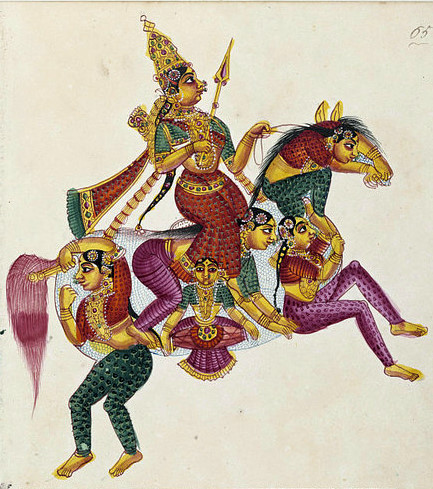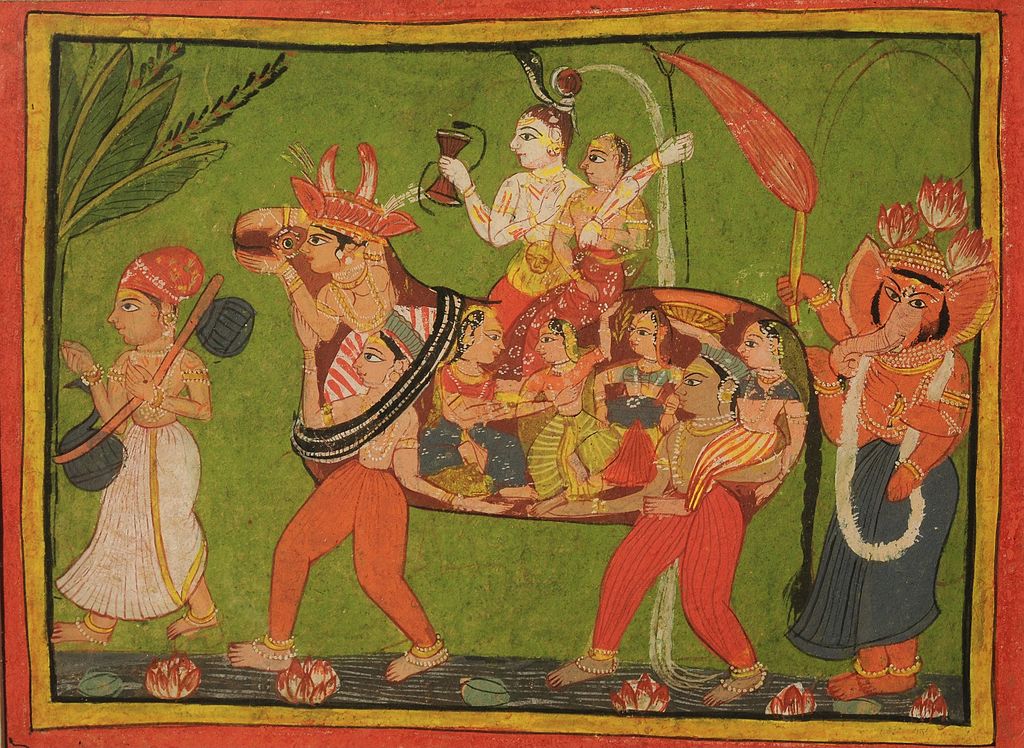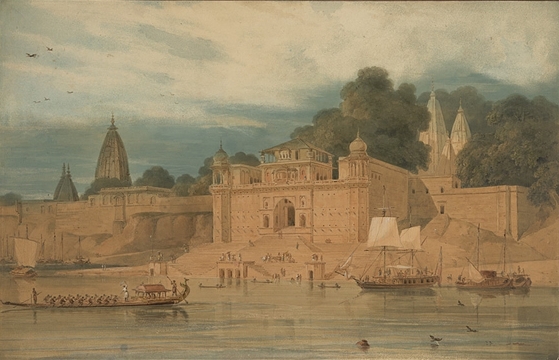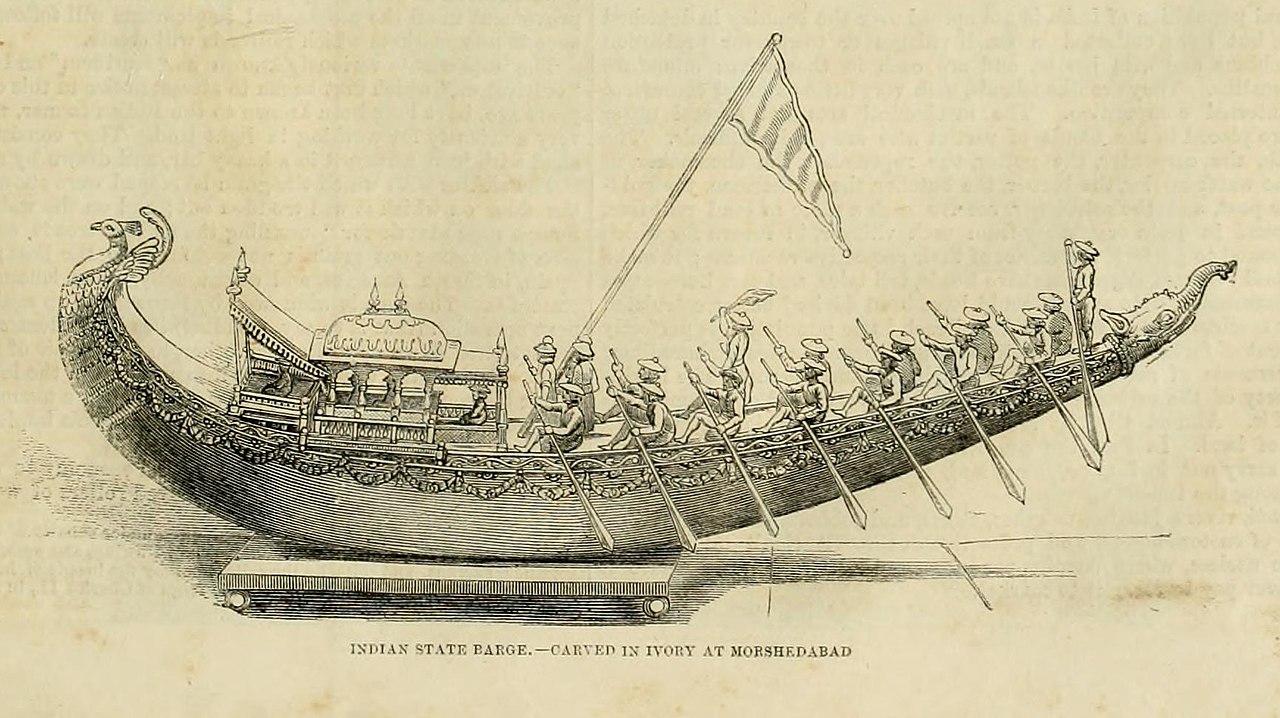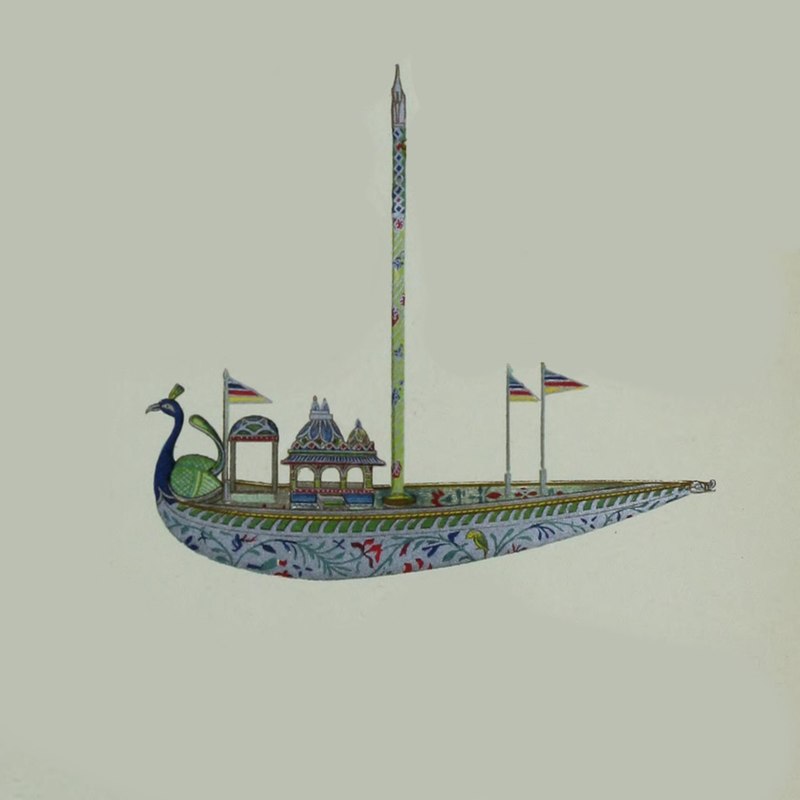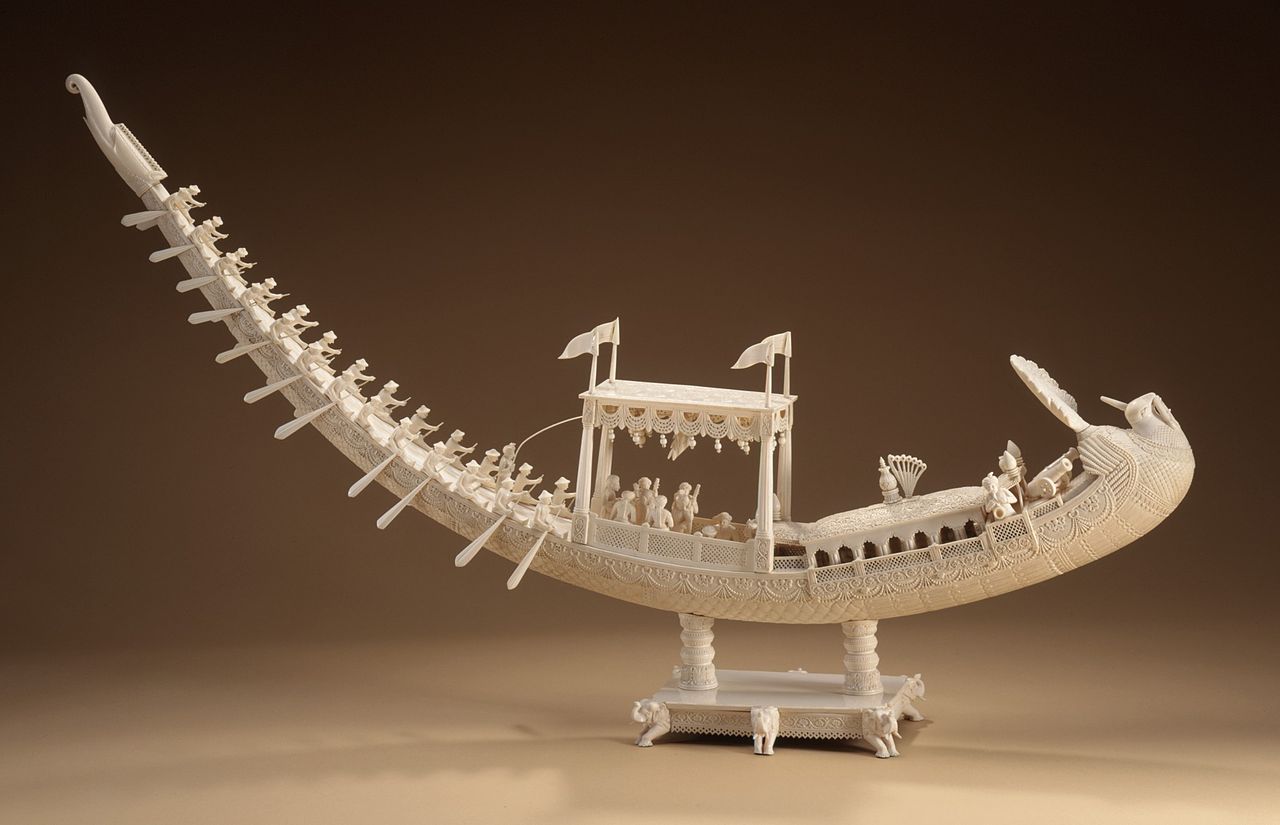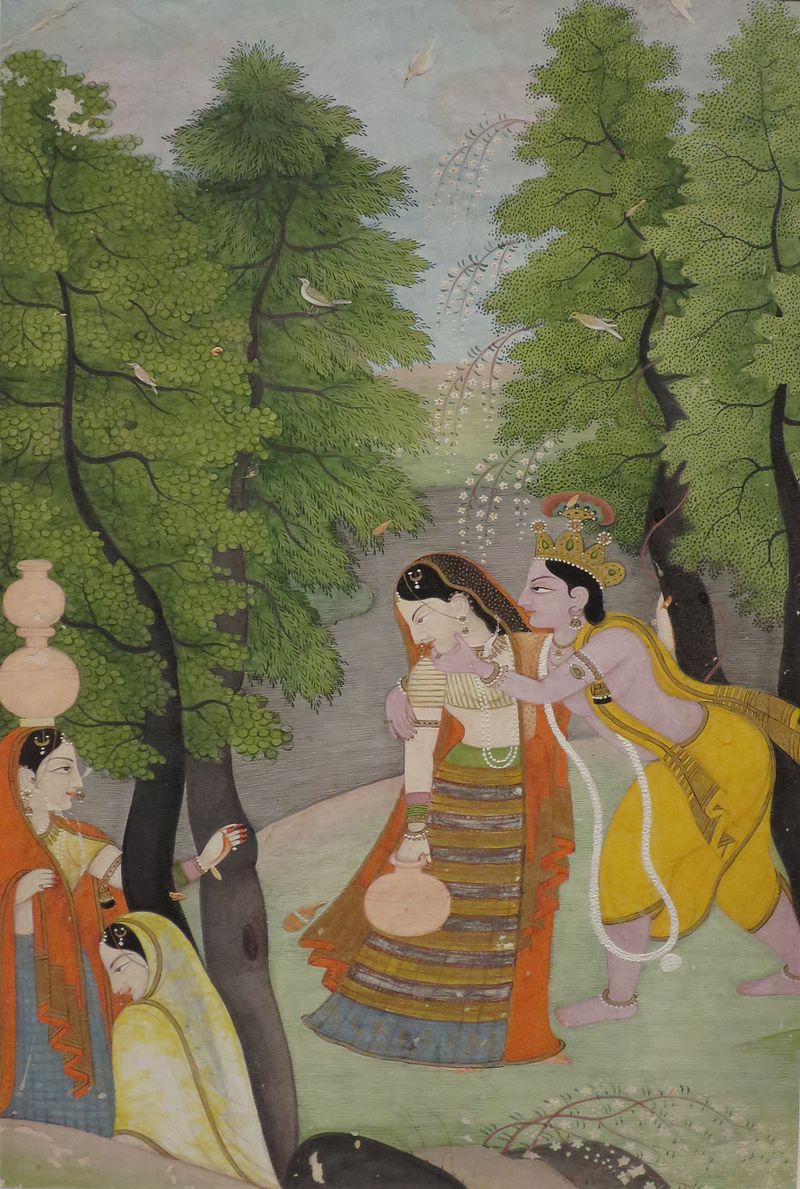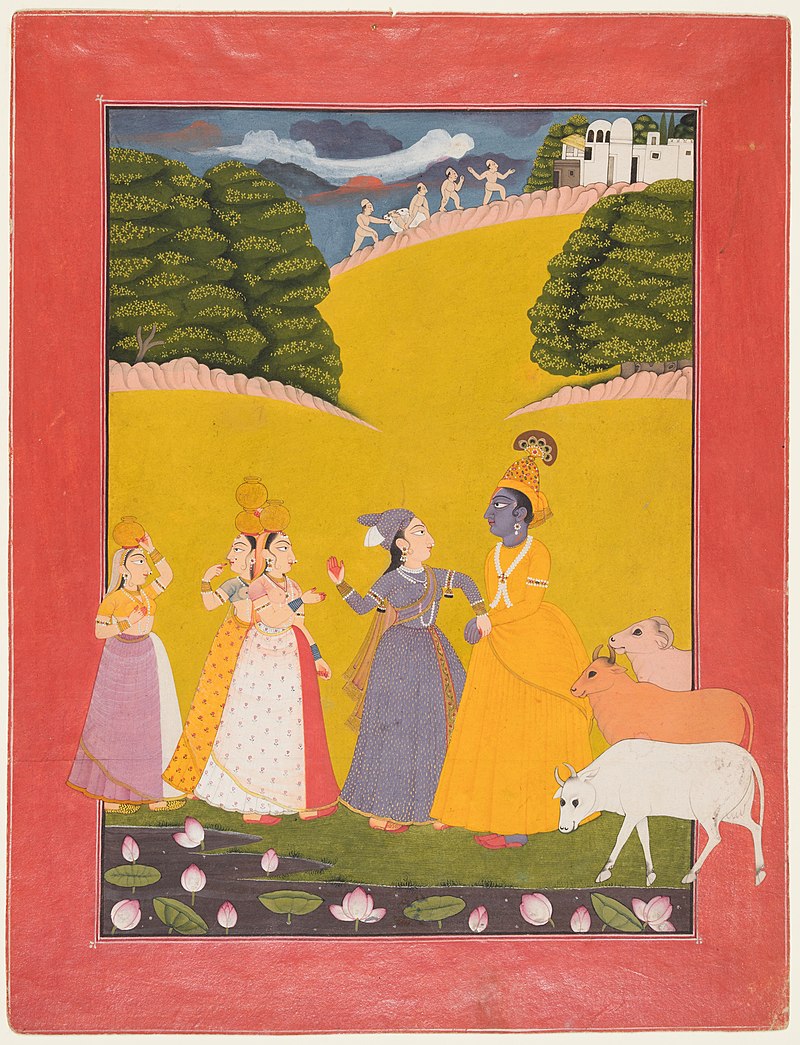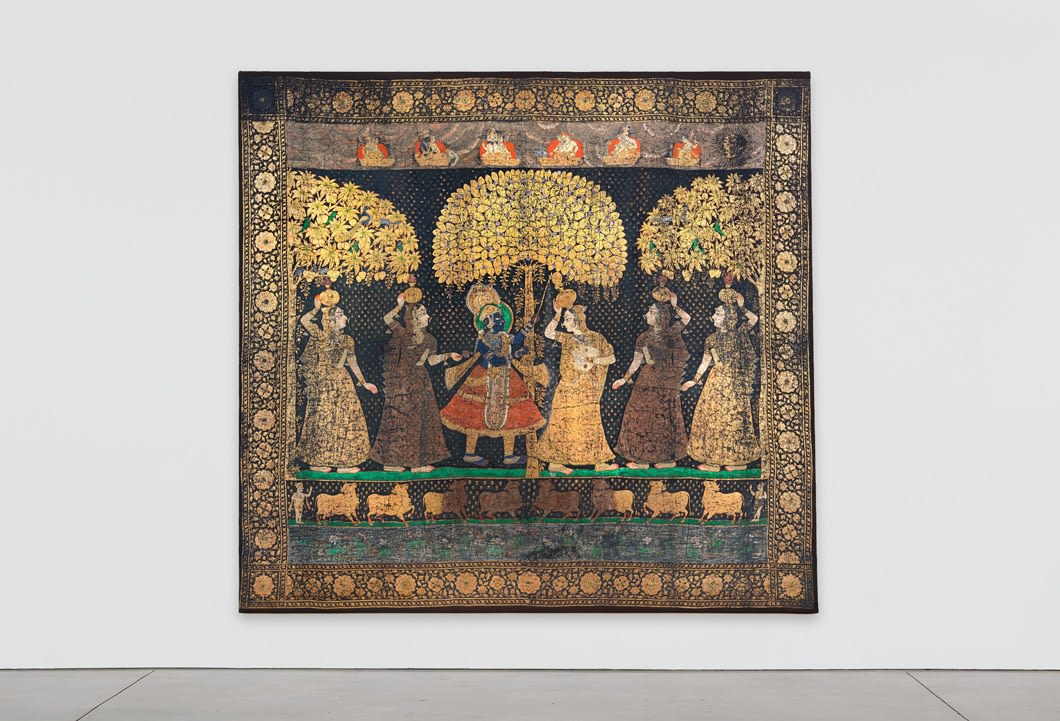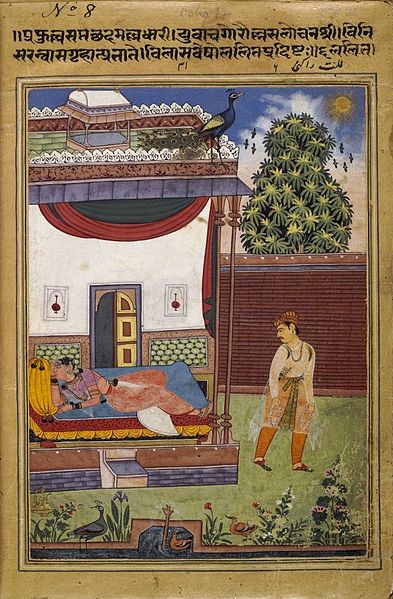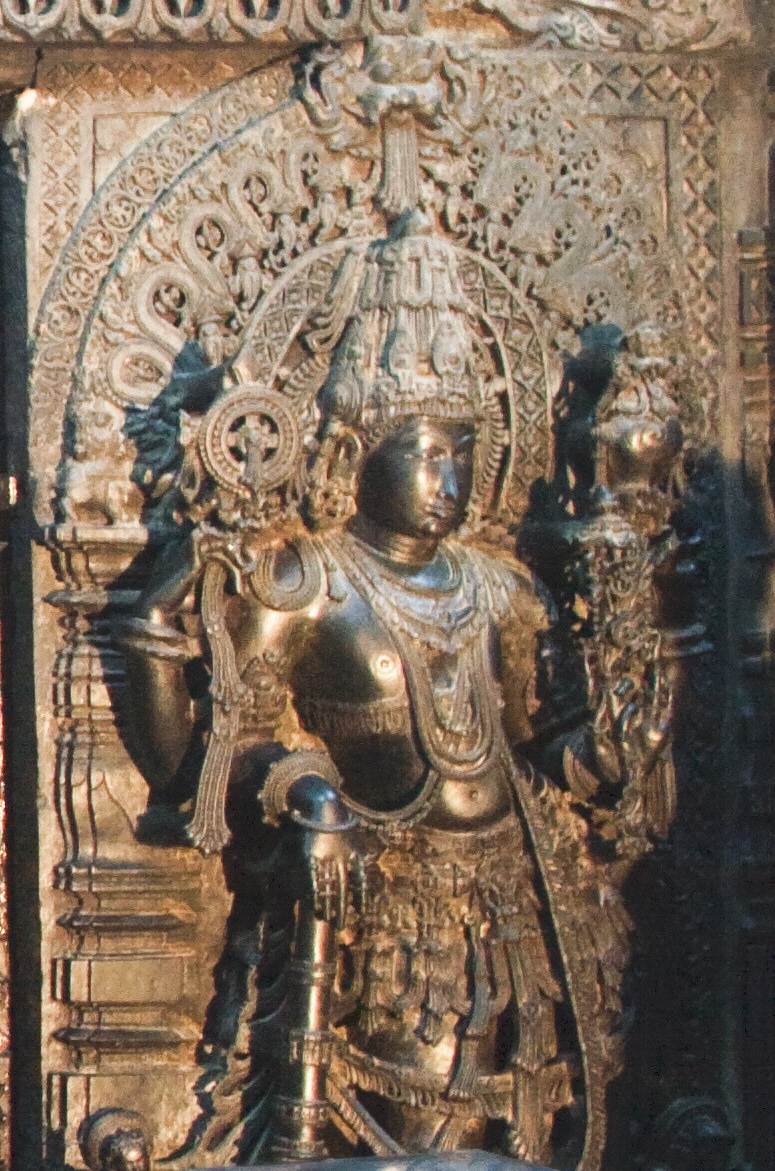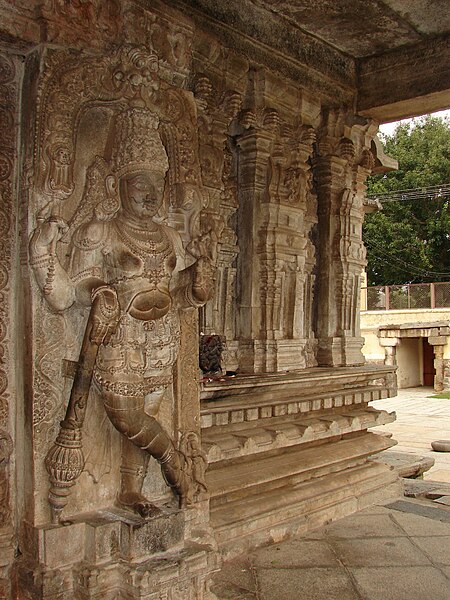Do you know there are four gates called ‘’bhagol’’; in the town of Dabhoi, in present day Gujarat state near Vadodara, one in each cardinal direction, having indirect entry, located in the middle of each side of a fort wall? These gates are: Hira gate or Hira Bhagol, Baroda or Vadodara gate, Chandod or Nandodi gate and Champaner, Mori, Mahudi or Mahmudi gate. The gates have one of the most beautiful and amazing Hindu architecture and sculpture in India. In fact, one can learn Hindu iconography here. Let us know more about these fascinating gates!
History of Dabhoi
Dahboi, located 20 miles south-east of Baroda (now Vadodara) is an ancient town with fortified walls which was built in the early 13th century by the Vaghela king of Patan. The key features of the fortress include four ornate 13th century gateways called the Baroda gate, Nandod gate, Hira gate, and the Moti Gate.
Dabhoi was historically known as Darbhavati, Darbikagrama, Darbhavatipura, and Dabhohi. It is first mentioned in the sixth century astronomical treatise Romaka Siddhanta. It was an important pilgrim site for Hindus due to the Kalika temple and for Jains as well. It is also mentioned in several Jain works, such as Hemachandra’s Yogartrevritti and Ramchandra’s Vikramcharitra.

An old sketch of the Fort of Dabhoi, Hira gate can be seen. Inscribed: ‘Gov’t archaeological survey of W.I.’
The town and its surroundings were under Chavda and later under Chaulukya rulers who built few buildings and temples from the ninth century.The Vaidyanatha-Mahadeva temple, Parsavanath Jain temple, torana in white marble, Vireshwara temple, and Kumbeshwara complex was also built in the 13th century. Of all these, only gates, Vaidyanatha Mahadeva temple, and Parshwanath Jain temples are in good condition. The ruins of other structures and a kund suggest the grandeur of the town in the 13th and 14th centuries. It came under the Gujarat Sultanate later. It was a district headquarter during the Mughal rule in Gujarat. The battle of Dabhoi was fought on 1 April 1731 between Trimbakrao Dabhade and Bajirao Peshwa. Later it was under the Baroda State which merged into the Indian Union in 1947-48.
Gates at Dabhoi Fortress
The fortification of it is ascribed to the Chaulukya king of Gujarat, Jayasimha Siddharaja (1093-1143 AD), who made this his frontier fortress. The architectural style and the exquisite stone carving and iconography on the fort walls and gates suggest that it was conceived and constructed in the same period as Rudra Mahalaya and Zinzuwada Fort. It is mentioned as an important city in the Jain inscriptions of Girnar (VS 1288).
In the 13th century, the town came under Vaghela rule. The information on Dabhoi can be found in prashastis and inscriptions such as Someshwar prashasti, which mentions that the fort surrounding the town was built (1231 CE) during the reign of Vaghela ruler Viradhavala, father of Visaladeva, who made it his frontier fortress. He carried out the construction as a celebration of the birth of his son. The gates of it were said to constructed by his ministers Vastupala and Tejapala.
Hira ”Bhagol” or Hira gate is named after it’s architect, Hiradhar, and is the most richly carved gate. There are six pilasters on each side and Hindu deities adorn both sides of the gate like Lord Shiva, Goddess Lakshmi, Lord Vishnu, depiction of samudramanthan and few legends from the epic Mahabharata. It is in the east, with Vadodara Gate in the west. The Vadodara gate leads to Vadodara as the name suggests and is also adorned with Hindu mythological figures. The Baroda gate as it was called, located on the western side of Dabhoi, was originally constructed of hewn stone and reaches a height of 30 feet. The gate’s walls are richly carved with decorative ornamentation and mythological figures including the incarnations of Vishnu with crocodiles and nymphs. Gate is in the north. It led to Champaner and has five brackets emerging from pilasters with figures of deities like Lord Shiva, Vishnu and Goddess Saraswati. It s also called Mahudi gate. There are yoga poses also on this gate. The gate was decorated c.1220-1230 with representations of various Siddhas and yogis. Nandodi Gate is in the south, a double gate with courtyard in between. It has sculptures of Lord Shiva and Lord Vishnu on its inner walls, the gate has beautiful carved brackets.

Part of Fortress wall with Hira Gate, Dabhoi.

Sculptures at the Hira Gate, Dabhoi.

Sculptures at the Hira Gate, Dabhoi – another view.

Sculptures at the Hira Gate, Dabhoi – another view -2

Vadodara Gate, Dabhoi.

Hira gate elephant sculptures, Dabhoi. pic source-https://www.flickr.com/photos/rietje/24474527773/in/photostream/ by Rita Willaert

Hira gate elephant sculptures, Dabhoi. Pic source – https://www.flickr.com/photos/rietje/24474529233 by Rita Willaert

Vadodari Gate (Bhagol), Dabhoi.

Sculptures at Nandori Gate, Dabhoi.

Diagram, Baroda (Vadodari) gate, Vaghela kingdom, Patan, 1884 sketch.

Beautifully carved brackets, Vadodara gate, Dabhoi.

Close-up of Sculptures, Vadodara Gate.
References –
- https://en.wikipedia.org/wiki/Dabhoi
- https://historyofvadodara.in/dabhoi-gates/
- Images are from Wikimedia Commons and Flickr.
Posted by – Soma Ghosh
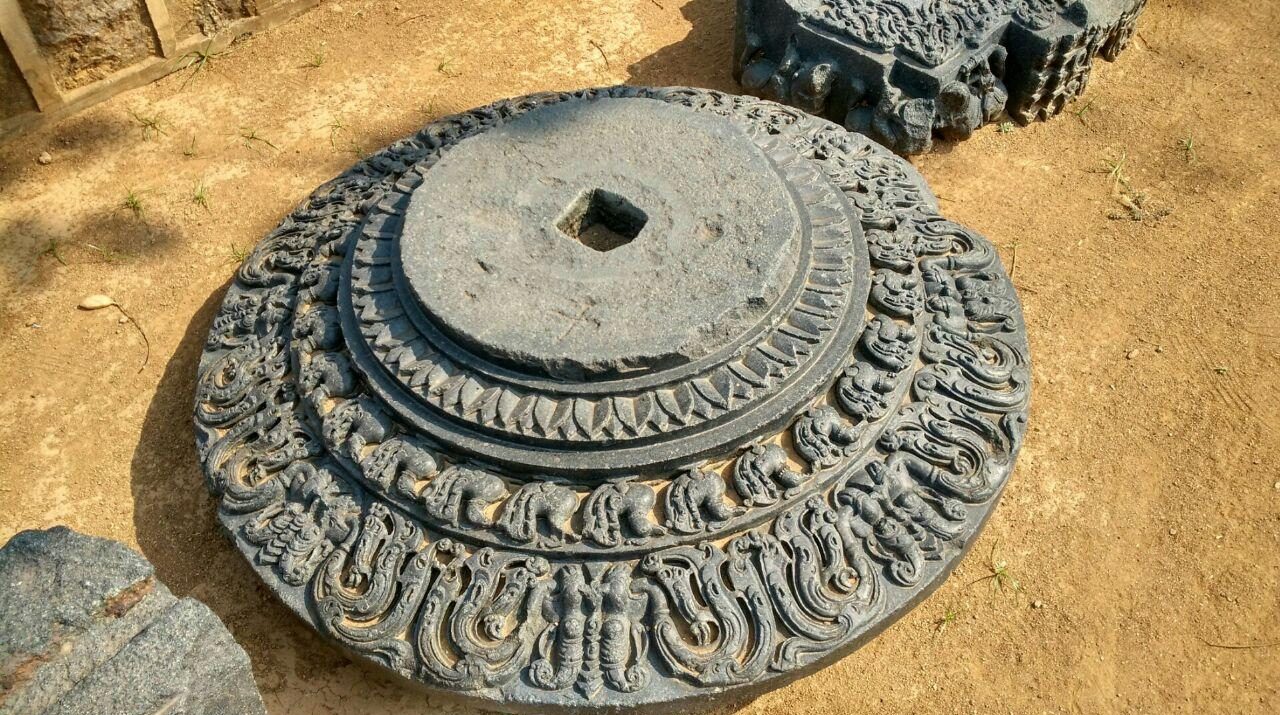
















.jpg?mode=max)

